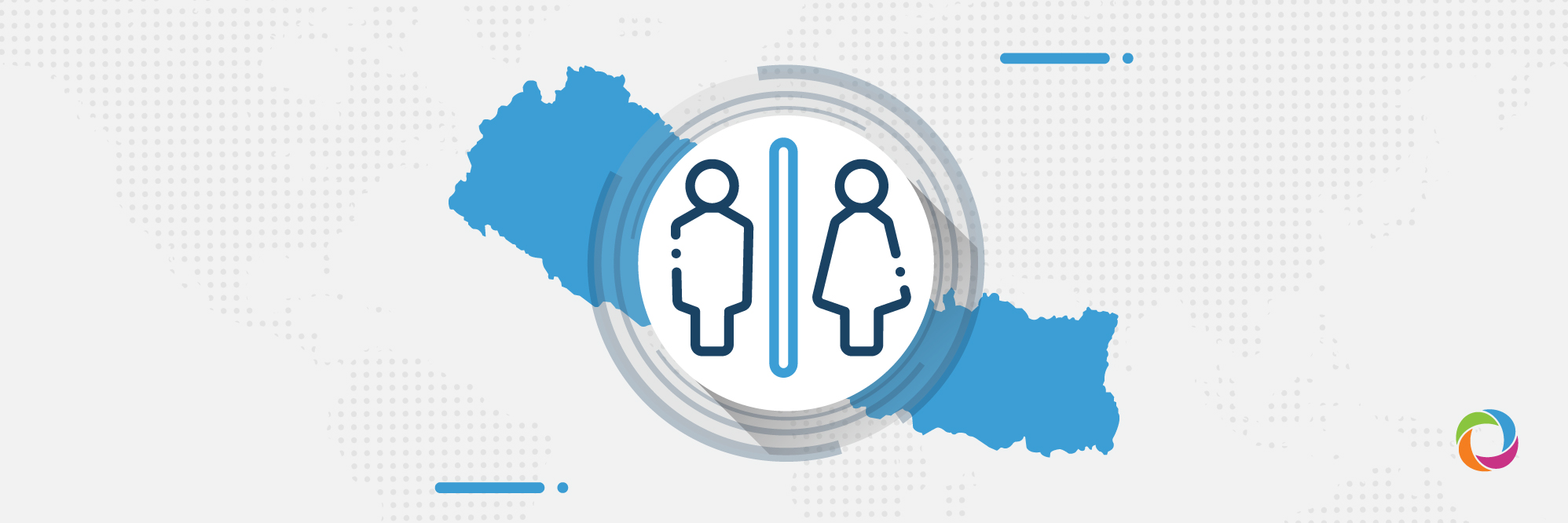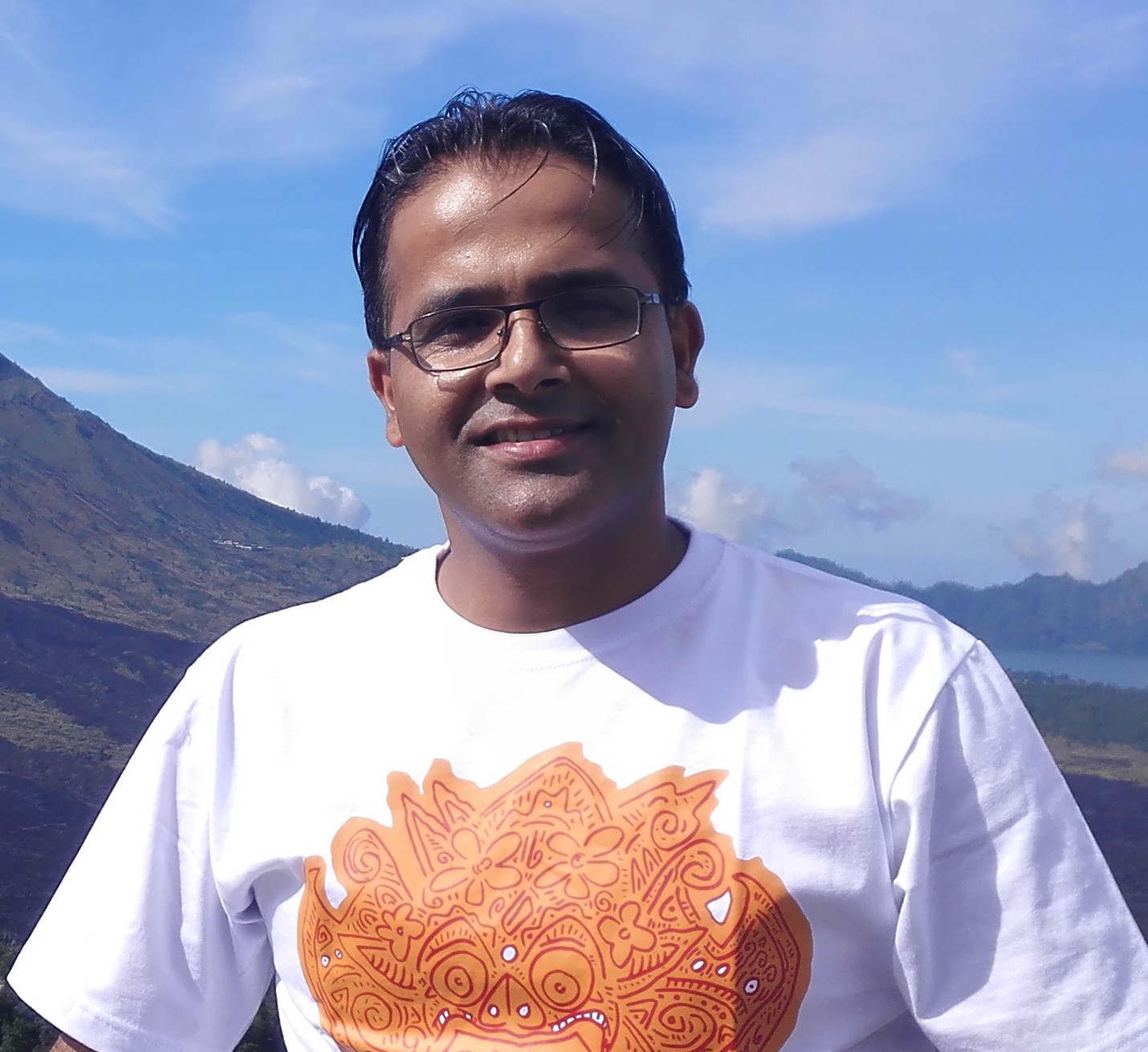A decline of approximately 3% has resulted in a significant delay in the projected time necessary for the South Asia region to close gender gaps which is now estimated to be 195.4 years, according to the Global Gender Gap Report (GGGR) 2021. While the report cautions that globally another generation of women will have to wait for gender parity, it reveals that only Nepal and Bhutan have demonstrated positive progress in South Asia this year.
Released in March by the World Economic Forum, an international organization for public-private cooperation, the GGGR evidences that, due to the COVID-19 pandemic, the global gender gap has increased by a generation from 99.5 years to 135.6 years. Similarly, countries of the South Asia region, excluding Nepal and Bhutan, have registered either slightly reduced or stagnant performance.
The report also discloses that, after the Middle East and North Africa region, the South Asia region is the second-lowest performer on the index with 62.3% of its overall gender gap closed.
- According to the report, a wide gulf separates Bangladesh, which has closed 71.9% of its gender gap so far, from Afghanistan which has only closed 44.4% of its gap
- India is the third-worst performer in the South Asia region having closed 62.5% of its gap which has widened from almost 66.8% one year ago
- Only Nepal and Bhutan have demonstrated small but positive progress towards gender parity this year
- Economic participation and the opportunity sub-index remain the most pressing areas for advancement in South Asia where only 33.8% of the gender gap is closed, the lowest globally
- In South Asia, some countries have even wider economic gaps
- Afghanistan has closed only 18% of its gender gap which is over 45% lower than the regional champion, Nepal (63%)
- Likewise, India and Pakistan have only closed 31.6% and 32.6% of their economic participation and opportunity gaps while Bangladesh has closed 41.8% representing a decrease of 2%
- 22.3% of women in India, 22.6% in Pakistan and 38.4% in Bangladesh are active in the labor market whereas over 85% of women form part of the labor force in Nepal
- The regional average share of professional and technical roles taken by women is 32.6%
- Only 29.2% of technical roles are held by women in India, in Pakistan the share is 25.3%, and in Afghanistan 19.3%
- Just 4.1% of women in Afghanistan feature in senior roles with this figure being 4.9% in Pakistan, 10.7% in Bangladesh, and 14.6% in India
- The income of an average woman remains below 16% of that of an average man in Pakistan and Afghanistan whereas in India this figure is 20.7%
- In Nepal and Bhutan, this gap is lower than 50% where the income earned by a woman is 74% and 58% respectively
- Women also remain extremely underrepresented in the political sphere with none of the countries in the region having a representation of women in parliament above 33%
- This representation in the three most populous countries lies between 14 and 20%, whereas it is as low as 5.4% in Sri Lanka and 4.6% in Maldives
- Female literacy rates are as low as 53.7% in Afghanistan, 65.8% in India, 59.7% in Nepal, 57% in Bhutan, and 46.5% in Pakistan with little sign of this improving in the near future
The glaring gender gaps on the political empowerment sub-index across the South Asia region have further widened this year. Only 28.1% of this gender gap has been bridged to date, down from a reported 38.7% last year. Furthermore, the decrease in the proportion of women among ministers in some countries explains most of the regional decline. The proportion of women ministers in India decreased from 23.1% to 9.1%, and in Pakistan from 12% to 10.7%.
The report found that women have held head of state positions at least once in the past 50 years in five of the seven countries in this region and that women in Bangladesh have held the office of head of state longer than men. Contrary to this, Afghanistan, Bhutan, and Maldives have never had a woman head of state in their recent history.
“Ensuring access to education for young girls is an essential precondition to equip future generations of women with the tools to be included in all levels of society at the same level as men,” the report recommended. The report also identified the issues of health and survival as important aspects that have limited greater progress in achieving gender parity in South Asia.


